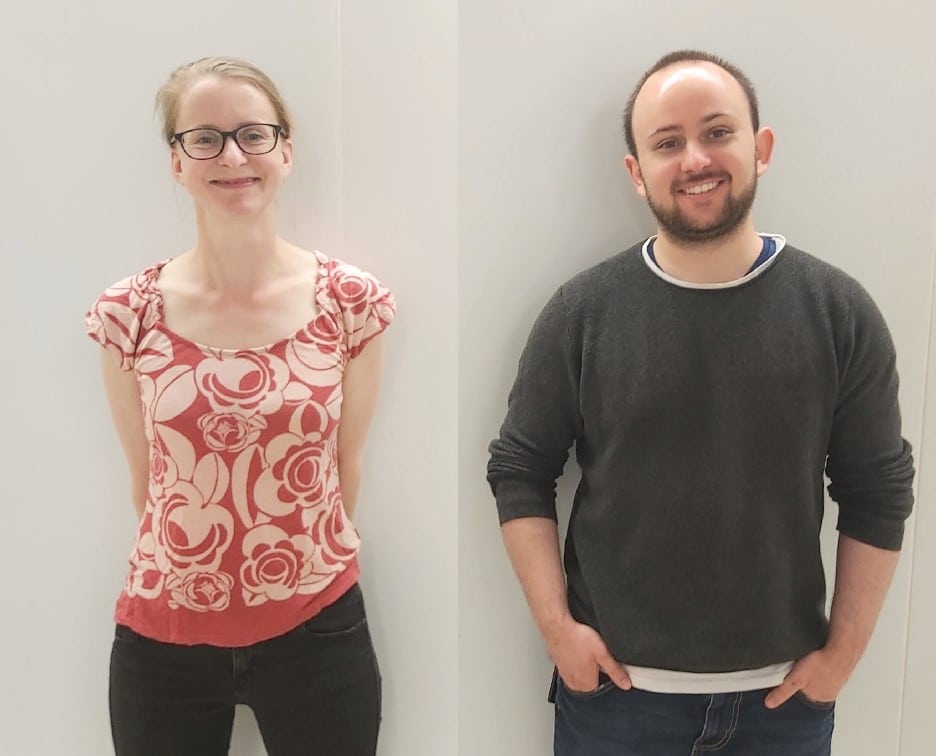Real time in vivo visualization of cell surface receptors
Researchers from SciLifeLab and Karolinska Institutet have developed a new method, capable of visualizing the mechanics of cell surface receptors in real time and in vivo. The new method uses bioorthogonal chemistry which keeps the interference of the fluorescence dyes to an absolute minimum.
Cells communicate through cell surface receptors which can register changes in the environment and respond to signals from other cells. When a receptor is activated the information can be relayed to the inside of the cell through dynamic changes in their arrangement or conformation.
To better understand these mechanics, researchers have developed a variety of imaging methods that allow them to observe receptors in real time.
In a recent study, led by SciLifeLab Fellow Simon Elsässer (Karolinska Institutet) and published in Cell Reports, researchers developed a new method capable of labeling and visualizing cell receptors in vivo with two different colors.
Instead of fusing bulky fluorescent proteins to the receptor, which often interferes with the signaling process, a so-called bioorthogonal chemistry approach was used. By switching only two aminoacids in the receptor with synthetic amino acids capable of binding to different fluorescent dye the interference could be kept to a minimum.
The two differently colored dyes can be attached to almost any position of the receptor which means that the method is not only useful when trying to pinpoint the exact location of the receptor but also when studying the conformational changes involved in sensing the environment and transducing the extracellular signals to the cells’ interior.
Receptors have always been a critical drug target and many of the existing methods can only be used to study receptor mechanics on purified receptors in vitro. The researchers were able to demonstrate that the new method could be used to visualize a G-protein and a Notch receptor in vivo, both important drug targets. This opens a world of possibilities when it comes to studying the natural behavior and pharmacology of cell surface receptors in their native settings.





